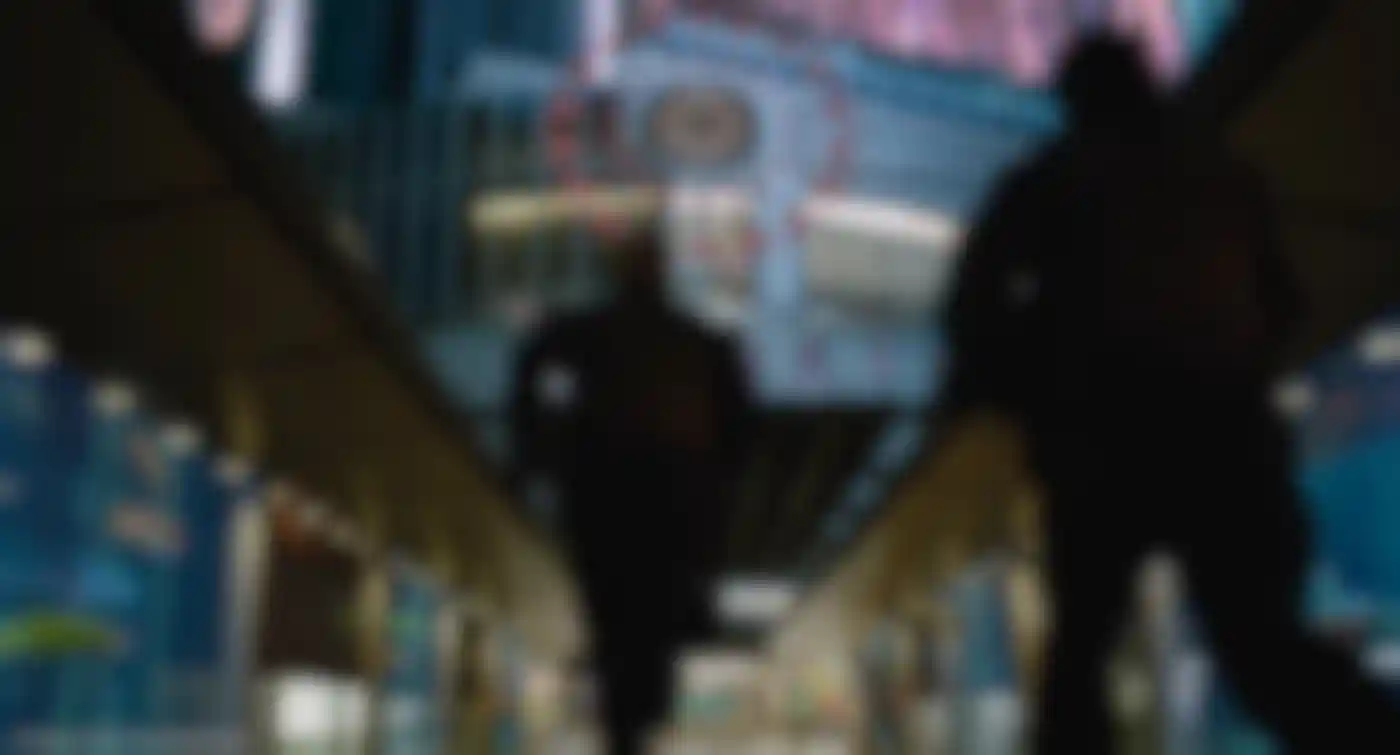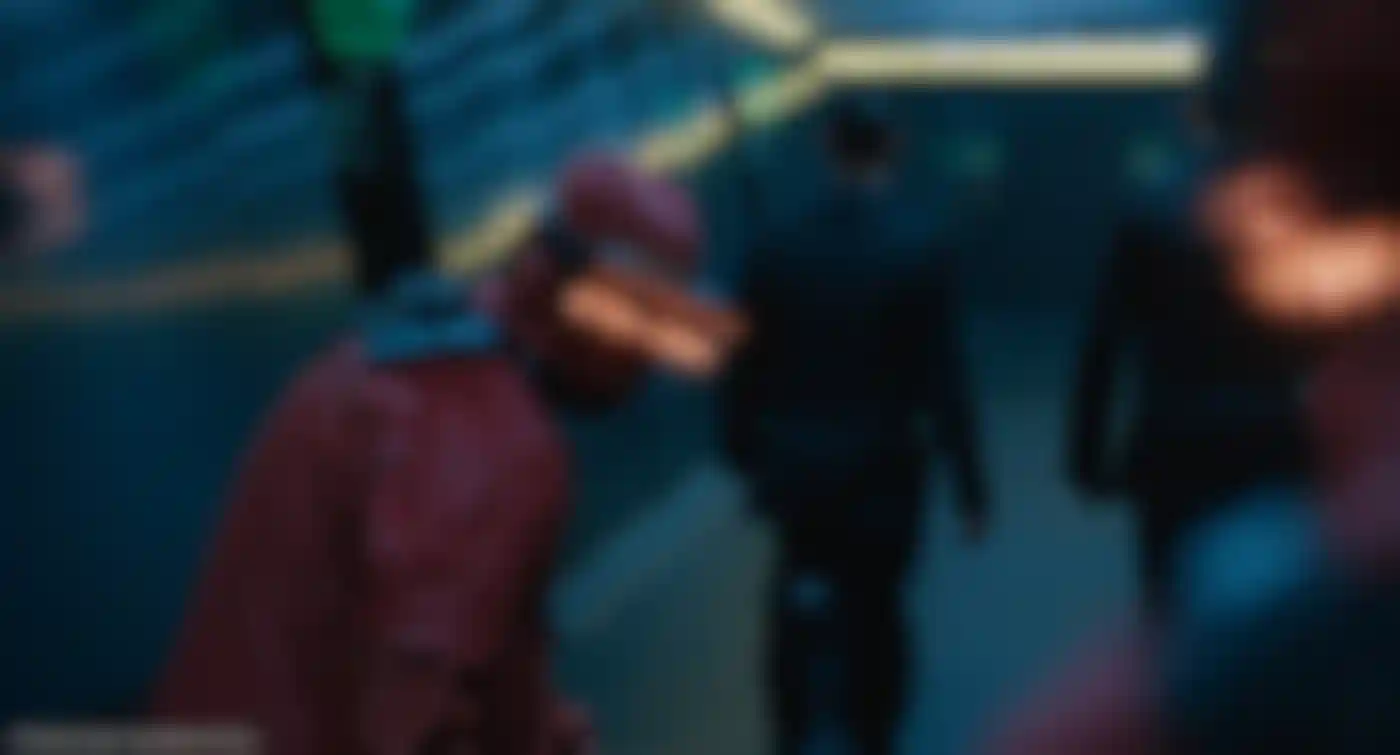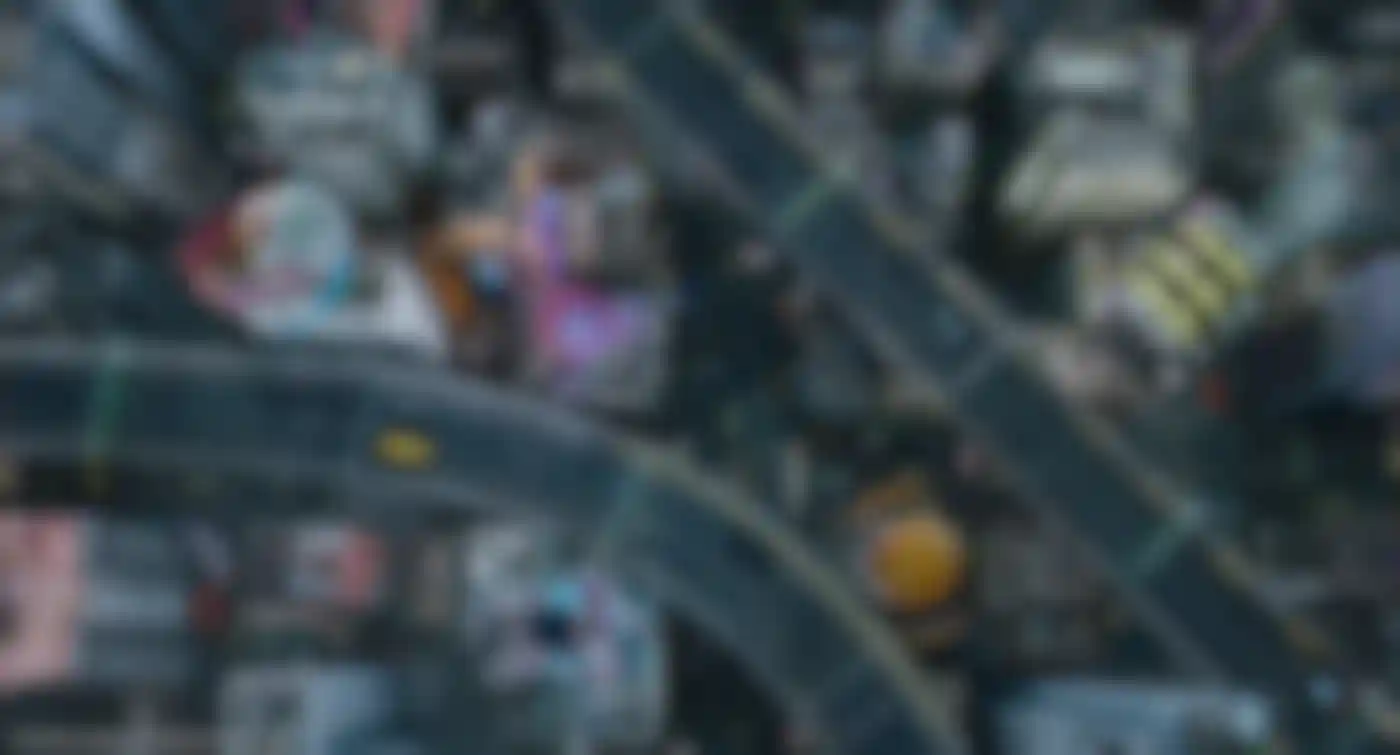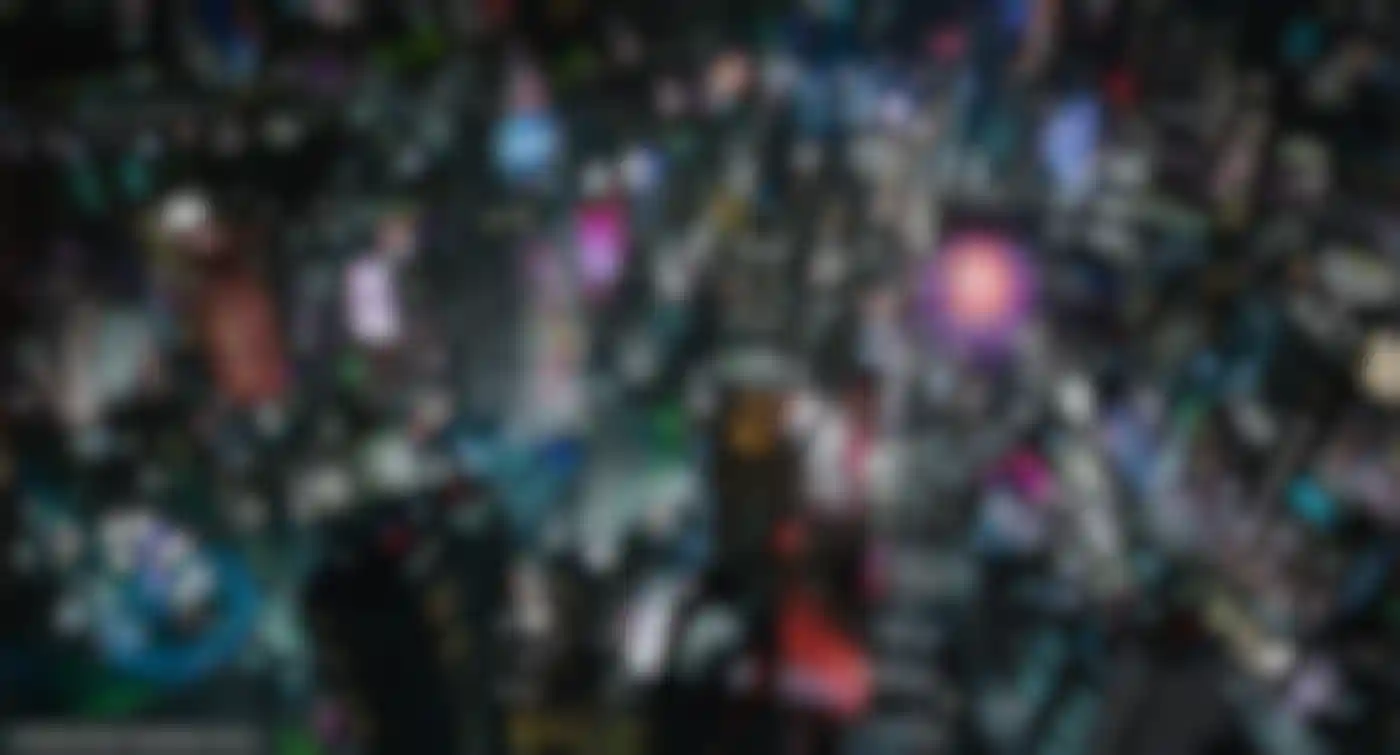
Ghost in the Shell Territory Studio Creates Futuristic Cityscape for Ghost in the Shell Using Cinema 4D.
Duncan Evans Talks to Territory Studio About Its Work on the Elaborately Designed Future Settings:
When you have a fan-favorite anime series like Ghost in the Shell hitting the big screen, in live-action format, complete with Hollywood stars, you know the pressure is going to be on to deliver top-quality visual effects.
That was the challenge facing Peter Eszenyi, Creative Lead at Territory, when the company was asked to devise and visualize concepts for the futuristic holographic technology that is festooned throughout the film. Peter and his team were also asked to create 3D assets for the street scenes and cityscape shots that aligned with Director Rupert Sanders' vision for a fresh look and feel to New Port City.
Given the existing back catalogue of Ghost anime material, and the Director's own ideas, the project could have been quite restrictive, but that's not how it turned out, as Peter explained, "For the holographic technology concepts, we were briefed and worked directly with VFX Supervisor Guillaume Rocheron who, in turn, liaised with Director Rupert Sanders. At the early stages of the project, we were encouraged to reference the animes, but as the project and the Director's vision for this interpretation of the story evolved, there was less emphasis on original references."
The core team of five was expanded to 15 during the most intense phase of the seven months that Territory worked on the film. The design brief asked them to devise concepts for the look and feel of the holographs in terms of how they would form, play and display information, whether that was video, text, diagrams or maps.
They also had to work out how the graphics would transition from one display to another. Peter went into more detail about how the process advanced, "It involved a great deal of creative freedom, research and development. As we presented design routes using still images and motion tests, the feedback made us focus on specific designs. For example, we were initially exploring using voxel-based imagery and then refined that into finer, more organic 'digital sand' particles."
A lot of the film is set at night so that the holographic elements have a distinct glowing neon look to them. However, this wasn't where Territory went with its designs because Rupert Sanders and Guillaume Rocheron wanted to start with something different to the usual glowing hologram look you get with some wireframes.
Peter pointed out that, "The look we created for the assets was realistic, meaning the neon look was created by MPC, particularly for the night shots. The brief was to develop the assets as if they were meant to be integrated realistically into the shots. So, we used proper shaders and textures, not just simplified, glowing ones. We delivered our assets with a reference turntable render that showed the asset in a neutral environment as well as a version where the asset in question was integrated into a reference shot."
There are a lot of visual effects going on in most of the street scenes where Lead Actor Scarlett Johansson is walking around and here Territory was responsible for compositing the animated CG elements into the final trailer shots. In the film itself, most of that was down to Lead VFX Vendor MPC to do, as Territory's job was to create the assets in the first place.
Still, Peter and his team had to work closely with legendary VFX Supervisor John Dykstra on the animated CG elements for the cityscape and street scenes. Part of the discussion was about how to deal with reflections and transparency from the assets at different times of day/night.
“We mostly used MoGraph effectors to deal with these types of animations and, as usual, the ease of use and the speed we could iterate through versions were essential to the job.”
One of the various assets seen in the trailer is some animated, rotating Japanese text. Here Cinema 4D made light work of the job as Peter explained, "We mostly used MoGraph effectors to deal with these types of animations and, as usual, the ease of use and the speed we could iterate through versions were essential to the job. The only bottleneck we ran into was the baking part, and it took a bit of time to figure out the best solution to make sure all the animation was properly converted into keyframes that could be exported into other apps."
Flexibility was the key when it came to generating the CG people who appear to be created in the holo-conference scene where the victim is digitally animated and examined. The team used a number of different techniques to generate the figures, such as voxels, particles, textures and different types of rendering techniques, volumetric rendering as well as non-photorealistic rendering techniques (using Sketch and Toon) to quickly iterate through designs. Those concepts were then passed on to MPC to base its visual effects on.


One of the notable animation effects was in the use of Koi fish that swim through the streets and cityscape. For this Territory modeled the fish, adding textures in Substance Painter and then, in Cinema 4D, used the character tool. This, very handily, had a fish rig ready. They tweaked the rig to fit the model and after that it was just a matter of fine-tuning the animation.
The team used splines to set the path for the forward motion and used the fish-specific settings of the character tool to create the movement of the spine of the fish. They also used the various controls available for the rig to tweak secondary animations.
Peter added, "I also created a setup which used XPresso to make slating tasks slightly easier for the artists, which was properly transformed into a Python-based setup that was integrated into the Shotgun pipeline our Technical Director created. Artists had control over camera angles, rotations and various light setups to make sure the turntable renders were consistent throughout the production."
"And, once again, MoGraph proved to be indispensable for bringing our creative ideas to life. Using the module to create the animated noise of the building wrappers that featured on the skyscrapers really added a vibrancy to the cityscape."


If there was one big challenge though, it was in the field of UV mapping. Peter elaborated, "In a more motion graphics-based pipeline, creating proper UVs is not as important as in a massive, team-based VFX effort. We had to be sure that there was no room for error when delivering assets to another vendor and that our designs looked the way we wanted them to."
"With a traditional MoGraph job the modelling, look development and final rendering is quite often done by the same artists, so as long as you hit the marks you can get away with quite a lot. Simple cubic or flat maps can do the job and no-one will question how good your UVs are. However, this would be unacceptable when other artists and vendors needed to use those assets. When you have a very tight schedule to turn the job around, you simply cannot go back to an earlier pipeline step and create the proper UV layout that the other studio should have created."
It was that necessity to work with other VFX vendors that also posed one of the initial challenges, as Territory had to create a pipeline from Cinema 4D to the Shotgun asset management system as well as Nuke. Territory solved the problem by getting a TD consultant in to create a bespoke pipeline.
Peter explained, "The biggest challenge, in some ways, was cultural. We are very much motion graphic designers in the studio and like to be involved with our designs from start to finish. Adapting to Maya for VFX delivery to MPC added more layers to the overall process, and that required us to change our studio pipeline. Having said that, using Shotgun has been overwhelmingly positive and we now work more effectively as a result."
In the end, after seven months on the project, Territory successfully created assets with over two million polygons each and delivered 2k plates for the trailer. Peter summed up the experience, "To see the 3D assets in context in the trailer was amazing. Knowing that we had created those from concept through to final shot and seeing how well they realised the Director's vision was a great moment!"
All images courtesy of Territory Studio / DreamWorks Pictures.
Territory Studio Website: www.territorystudio.com



